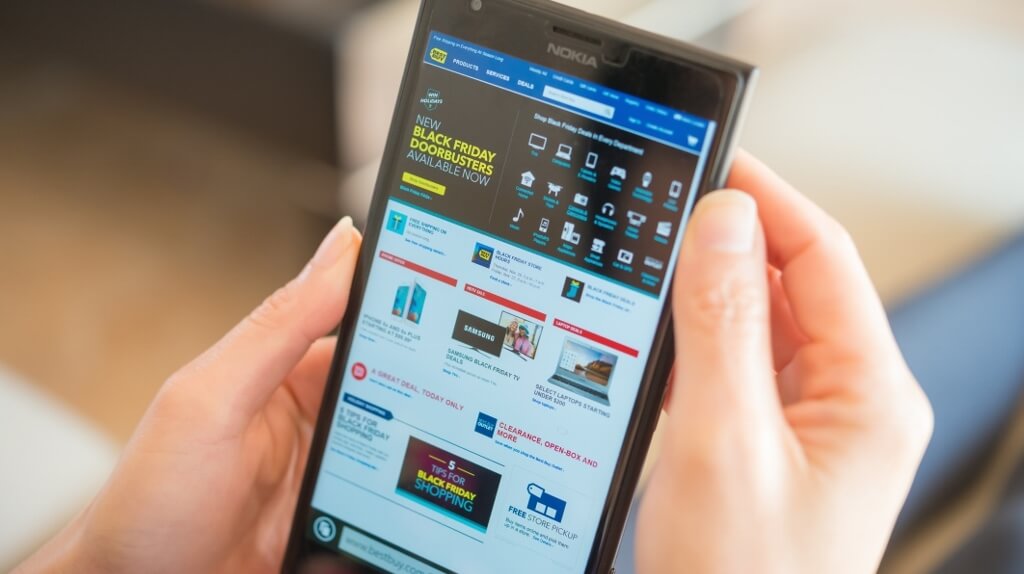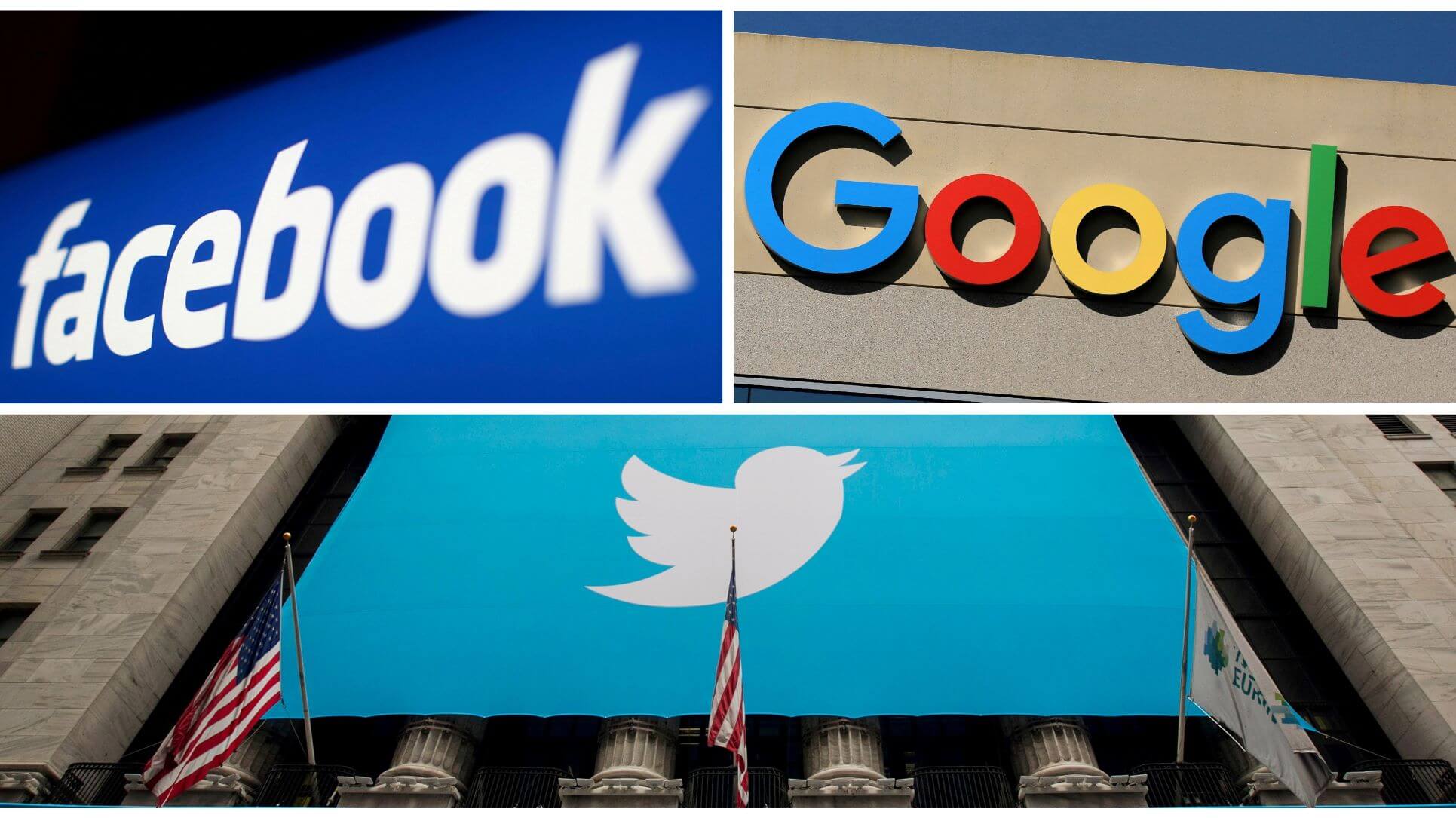From minimalism to content to remarketing, 2015 was a year that saw a few digital trends come to the fore. How had they impacted business and what's in store for 2016?
5 Branding Trends That Took Shape In 2015
From minimalism to content to remarketing, 2015 was a year that saw a few digital trends come to the fore. How had they impacted business and what's in store for 2016?

If you want your business to stand out and distinguish itself from its competitors, there needs to be a cohesive branding strategy in place. This requires careful planning and plenty of introspective, honest thought about what makes your business special and sets it apart from the competition.
In 2015 there were 5 branding trends that have proven to be solid digital marketing strategies. Properly customised to match the look and essence of your business, they can help you stay ahead of the curve and remain engaged with your target audience in 2016.
Trend No. 1: Less is more
Intricate logos and long-winded messages are falling out of favour with both marketing agencies and consumers. Last year the emphasis was on minimalism, which allows a message to be imparted without distraction, and the same approach remains in place for 2016.
It’s a logical trend. Consumers find simpler designs easier to remember and recognise, because there is no ‘clutter’ to overwhelm the brain. They have also indicated that they find minimalist logos and website layouts to be more honest and direct, which in turn inspires trust and confidence.
Other benefits include faster website load time -which the search engines love and reward- and reduced packaging and printing costs. Visual simplicity and clearer communication will definitely be marketing mainstays going forward.
Trend No. 2: Flat designs
At one time, web designers treated each job as an opportunity to show off their skills. They built sumptuous Flash websites, used pseudo-realistic textures, and did clever tricks with iframes. This ‘no such thing as too much’ philosophy has given way to a simplified, user-centric design style known as flat design.
Flat designs incorporate elements that emphasise usability:
● Lots of clean space
● Two-dimensional (flat) graphics and illustrations
● Bold colours
● Crisp edges
Microsoft made this style popular when it took a flat design approach to its interface. App icons, instead of being packed with realistic detail, became simple, brightly coloured images. Since then, the trend has taken off.
Trend No. 3: Content is king
The cornerstone of content marketing is communicating with consumers without actually trying to sell your brand to them. It delivers interesting and valuable information that educates prospective customers and motivates them to reward you with their patronage and loyalty.
Some of the biggest brands in the world use content marketing to great advantage: Coca-Cola, Microsoft, P&G, and Apple. All of these companies create high-quality branded content and distribute it via their websites, social media accounts, and PR channels to foster engaging relationships with consumers.
Trend No. 4: Google defines us
How well Google recognises your brand makes a huge difference in your company’s bottom line. The search engine giant’s superior ability to return relevant results has enabled to to dominate the market for Internet searches: approximately seven out of 10 people use Google to look for goods, services, and information online. When you rank well for keywords relevant to your brand, the benefits can be enormous.
The message is clear: both private and corporate consumers trust and respond to brands that appear on page one of the Google search engine results pages (SERPs). Companies can also augment their online presence by signing up for Google My Business, a promotional tool that connects your brand with customers across all Google platforms: search, maps, and Google+.
Trend No. 5: Total recall
2015 showed us that opportunity doesn’t have a shelf life, thanks to a powerful process called remarketing.
Remarketing allows you to display targeted ads to web surfers who have previously visited your website. Simply tag pages so that they correspond to certain categories you want to promote on AdWords. If you sell electronics, you might use ‘tablets’, ‘laptops’, or ‘Macbooks’. Then create an Adwords campaign that shows relevant messages to people who have visited these pages on your site when they surf the Google Display Network.
Remarketing is a strong and effective way to remain engaged with your key audience and keep them aware of your brand. Used strategically, it can increase conversions and significantly improve ROI.
Looking ahead
Although these 5 branding trends stood out from the rest of the pack, they are just the tip of the iceberg when it comes to brand awareness opportunities. Digital marketing has changed a lot over the past few years, and in 2016 your brand success depends on two important factors:
1. Knowing what the marketing trends are
2. Customising those trends to create unique and engaging consumer experiences
As digital marketers, we’re all too aware that keeping up with the continually changing trends is a job in itself. The philosophies and methods discussed in this article, however, are so universal in scope and easy to customise for different markets that they will serve us well in 2016 and beyond.
Thanks for signing up to Minutehack alerts.
Brilliant editorials heading your way soon.
Okay, Thanks!




